When it comes to emergency response vehicles, the terms “fire engine” and “truck” are often used interchangeably by the general public. However, within the realm of firefighting and emergency services, these terms refer to distinct types of vehicles, each serving unique functions in combating fires and handling various emergencies. Understanding the differences between fire engines and trucks is crucial for appreciating their roles in ensuring public safety and effective firefighting efforts.
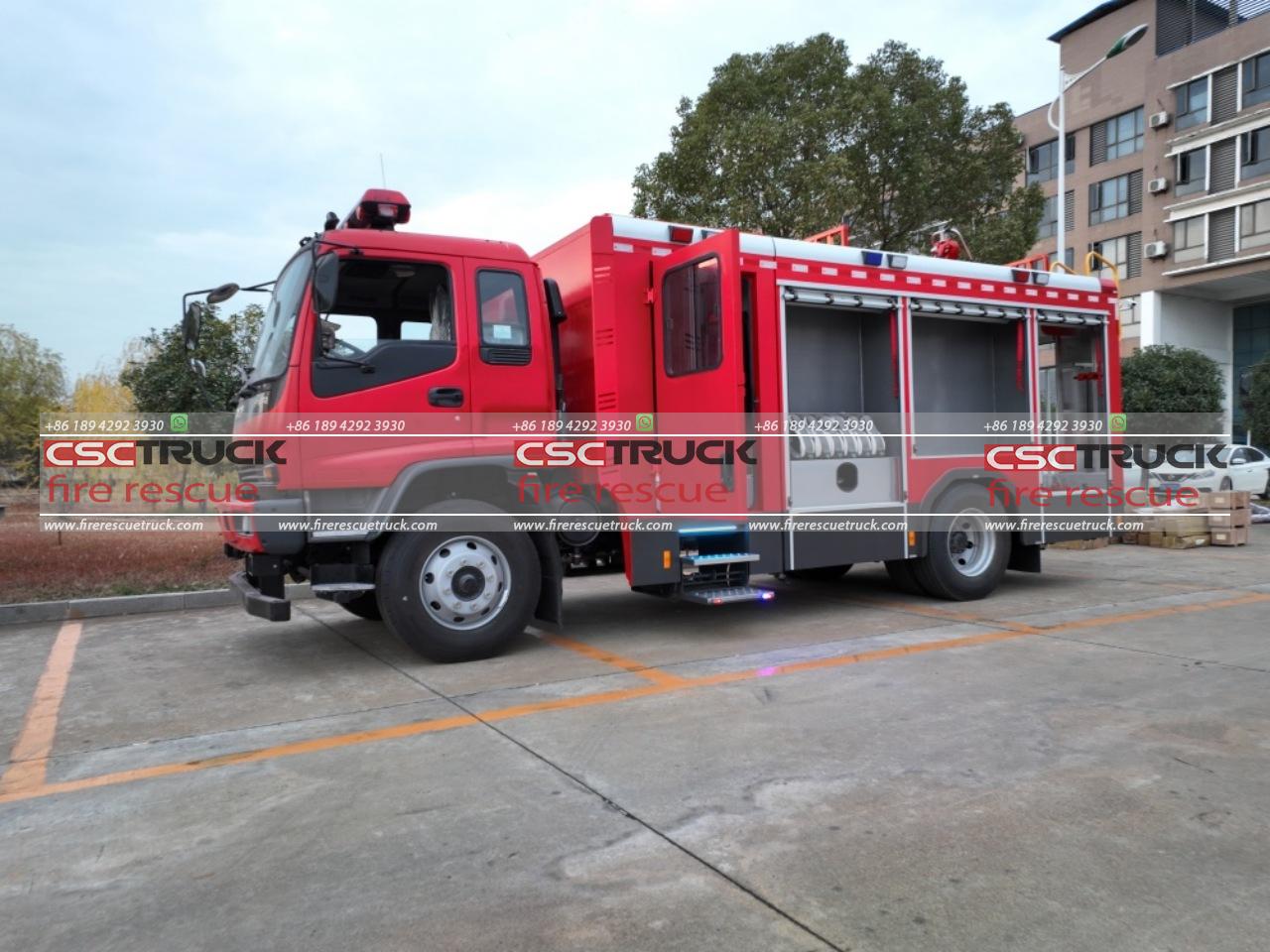
Fire Engine: The Workhorse of Firefighting
A fire engine, also commonly known as a pumper or pump truck, is the backbone of any fire department’s fleet. It is primarily designed for fire suppression and carries the essential equipment needed to combat fires efficiently. Here are some key features and functions of fire engines:
1. Water Pumping Capability:
The primary function of a fire engine is to pump water onto fires. Equipped with powerful pumps, these vehicles can draw water from various sources such as fire hydrants, lakes, or portable water tanks. The water is then directed through hoses to extinguish fires or to protect adjacent structures from flames.
2. Hose Storage and Deployment:
Fire engines carry an array of hoses of varying lengths and diameters typically to tackle different types of fires and reach various locations. These hoses are stored on reels or in compartments on the vehicle and can be quickly deployed by firefighters during emergencies.
3. Water Tank:
In addition to pumping water from external sources, fire engines often have onboard water tanks to provide an immediate water supply at the scene of a fire. These tanks vary in size depending on the vehicle’s specifications and can range from several hundred to thousands of gallons.
4. Equipment Storage:
Fire engines are equipped with compartments to store essential firefighting equipment such as axes, pike poles, extinguishers, and medical supplies. This ensures that firefighters have quick access to the tools they need to perform their duties effectively.
5. Crew Transport:
Fire engines accommodate a crew of firefighters typically who are responsible for operating the vehicle and carrying out firefighting tasks. These crews may consist of a driver/operator, a pump operator, and several firefighters trained in various firefighting techniques.
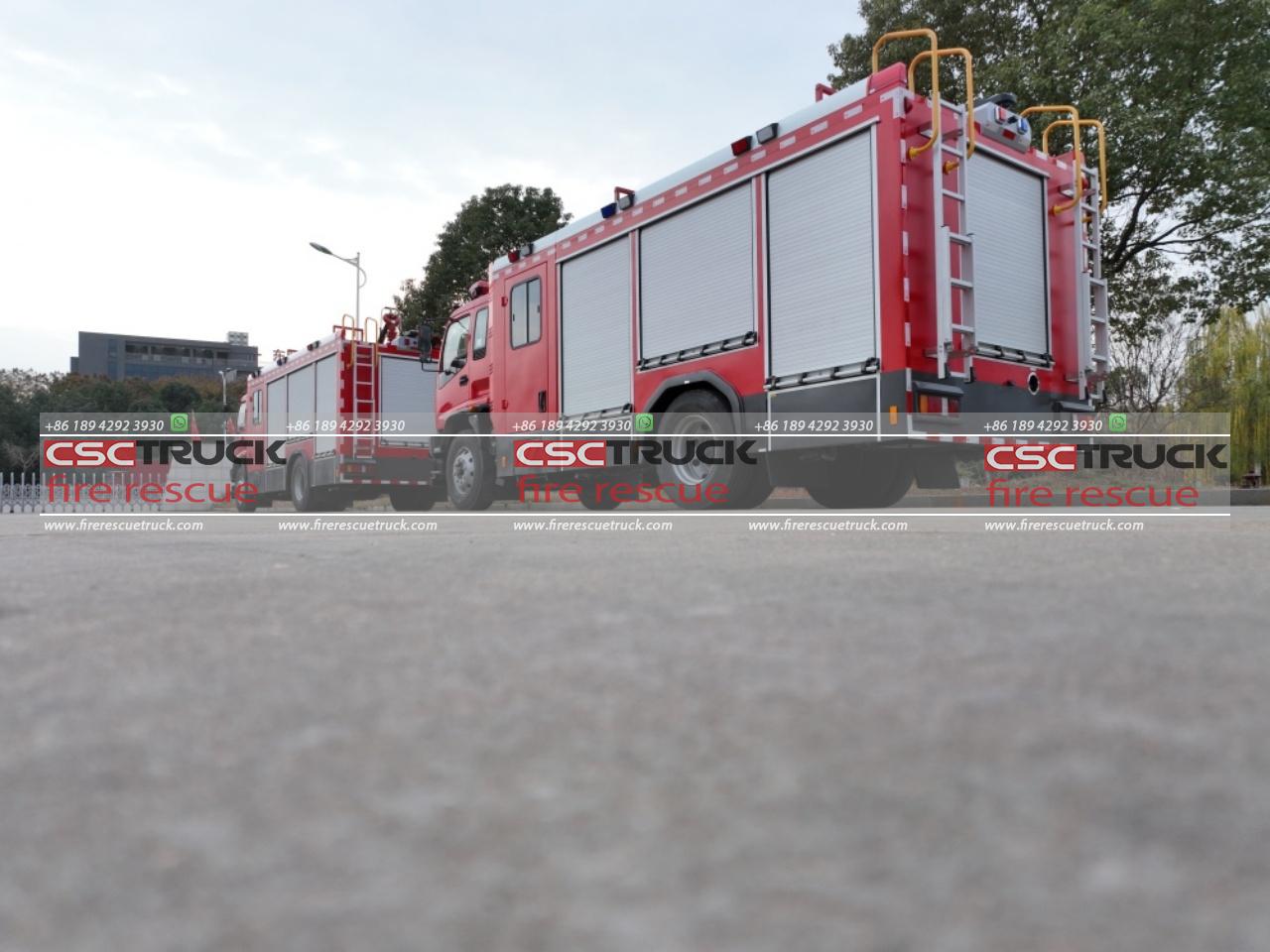
Truck: Versatile Support Vehicle
Contrary to popular belief, not all fire trucks are equipped with water pumps and firefighting capabilities. The term “truck” in the context of firefighting refers to a specialized vehicle designed for specific tasks beyond fire suppression. Here are some common types of trucks found in fire department fleets:
1. Aerial Ladder Truck:
Also known as a ladder truck or a tiller truck, this type of fire truck is equipped with a large extendable ladder mounted on a hydraulic arm. Aerial ladder trucks are primarily used for rescue operations, accessing elevated areas, and ventilating structures during fires. They often feature a platform at the top of the ladder, known as a bucket or a platform, where firefighters can operate equipment or perform rescues.
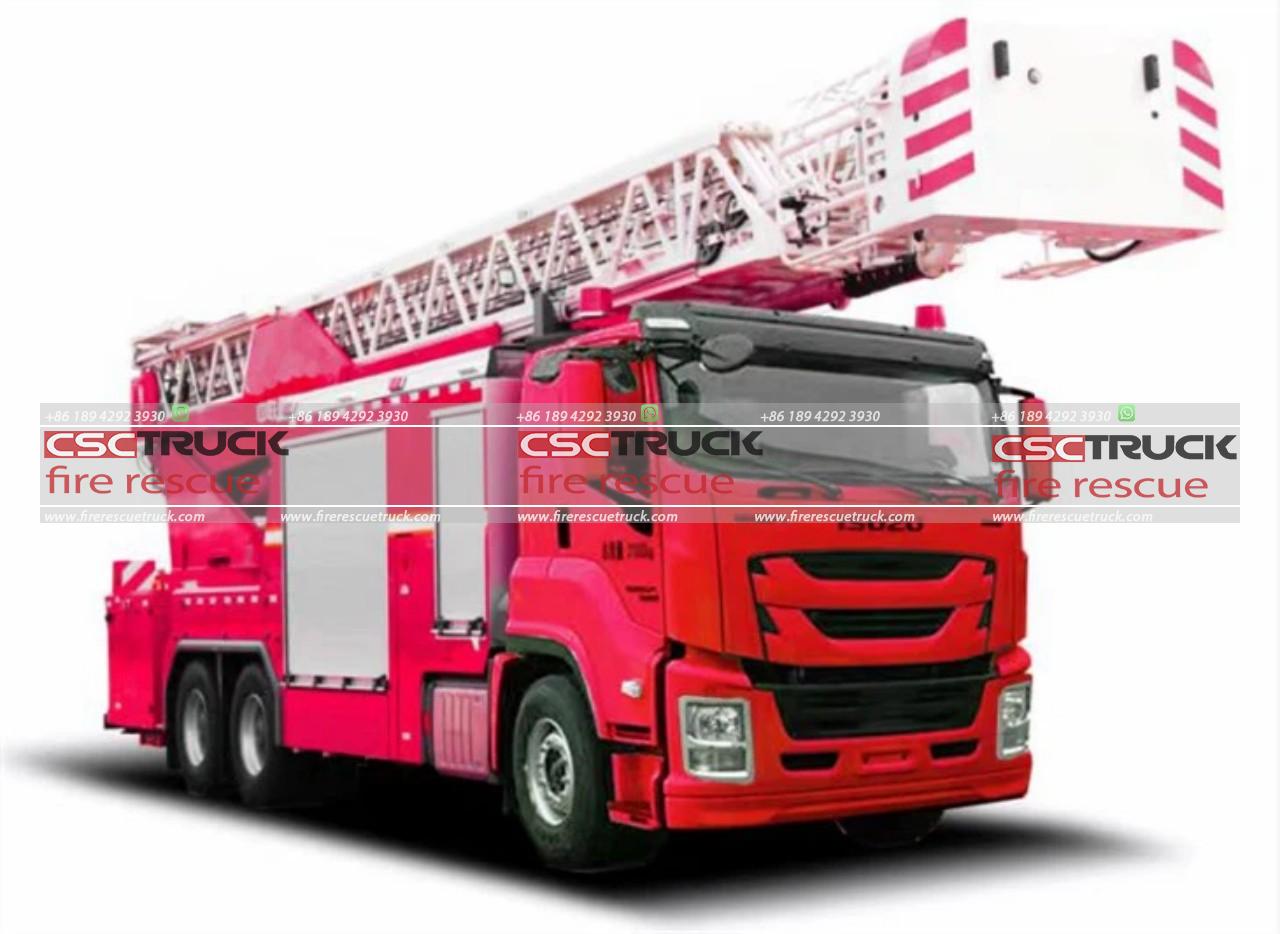
2. Quint:
A quint is a multifunctional fire apparatus that combines the capabilities of a fire engine and a ladder truck. It features a pump, water tank, hose storage, and an aerial ladder or a hydraulic platform typically. Quints are versatile vehicles that can perform various firefighting and rescue tasks, making them valuable assets in emergencies.
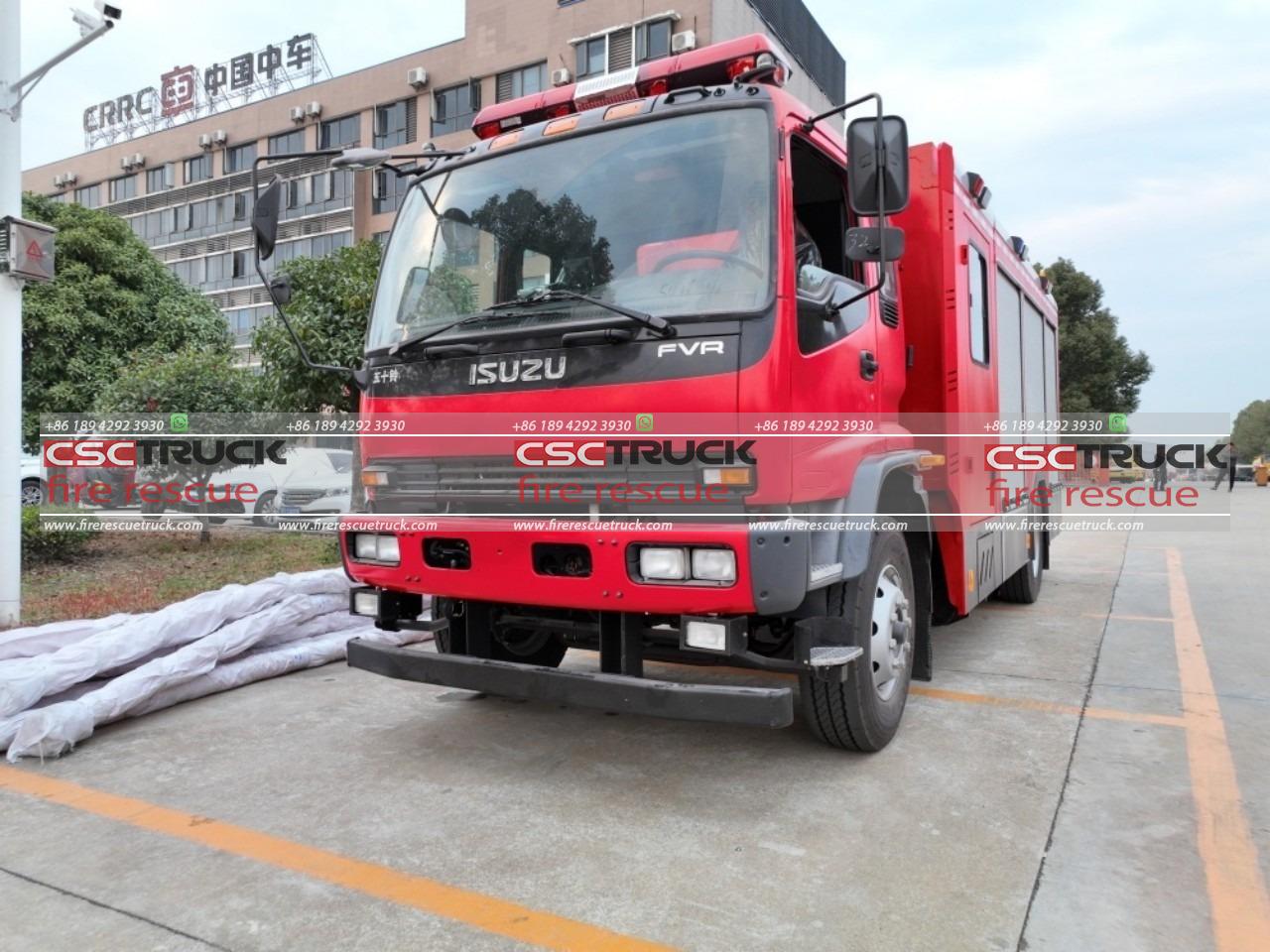
3. Rescue Truck:
Rescue trucks are specialized vehicles equipped with tools and equipment for extricating individuals from vehicles, collapsed structures, or other hazardous environments. These vehicles carry hydraulic tools, such as spreaders and cutters, as well as shoring equipment, ropes, and medical supplies. Rescue trucks play a crucial role in technical rescue operations, including vehicle accidents, confined space incidents, and urban search and rescue missions.
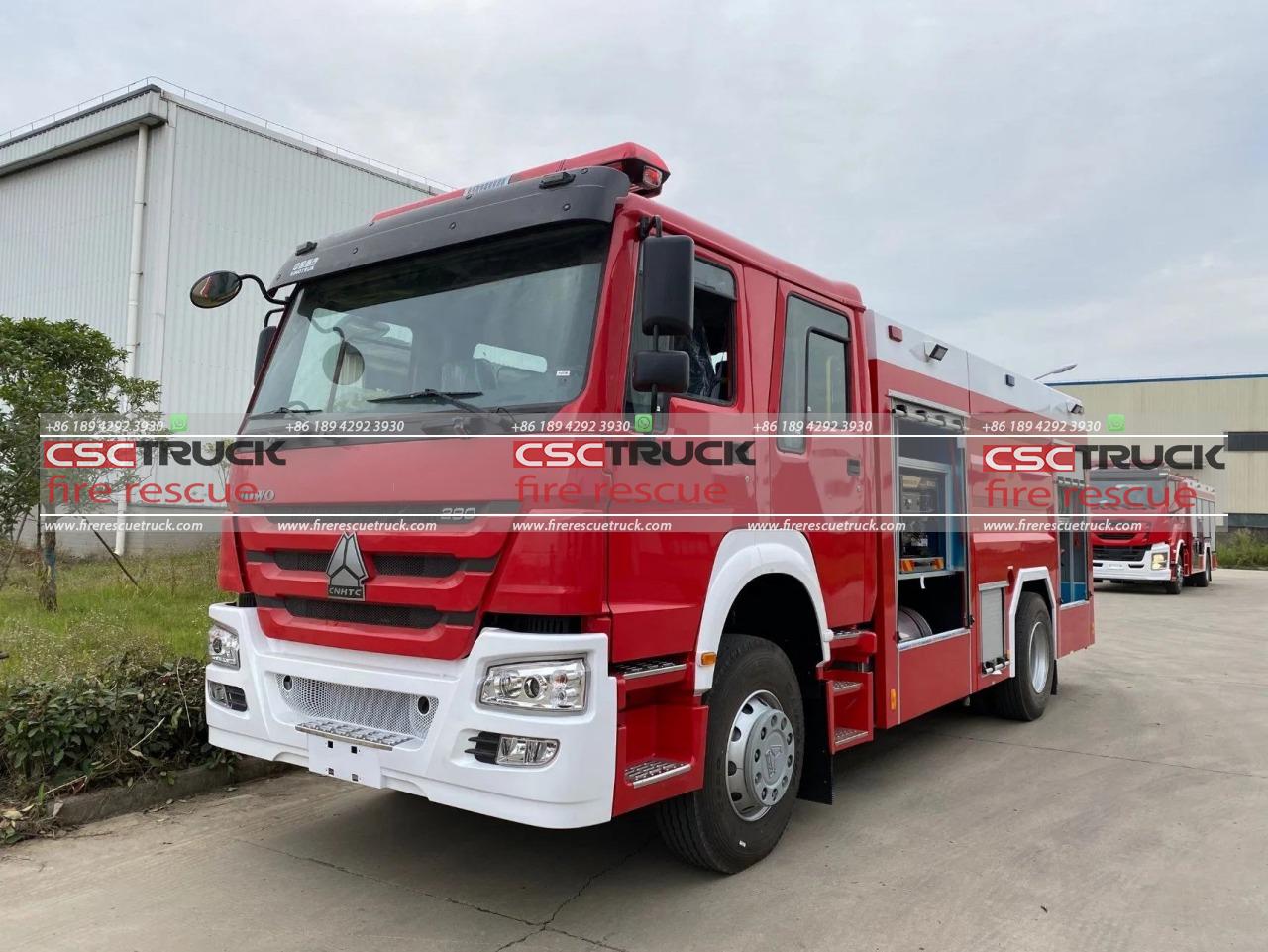
4. Hazmat Truck:
Hazmat trucks, short for hazardous materials trucks, are designed to handle incidents involving chemical, biological, radiological, or nuclear substances. These vehicles are equipped with specialized protective gear, detection equipment, containment materials, and decontamination apparatuses. Hazmat teams utilize these trucks to mitigate the risks associated with hazardous materials spills, leaks, or releases.
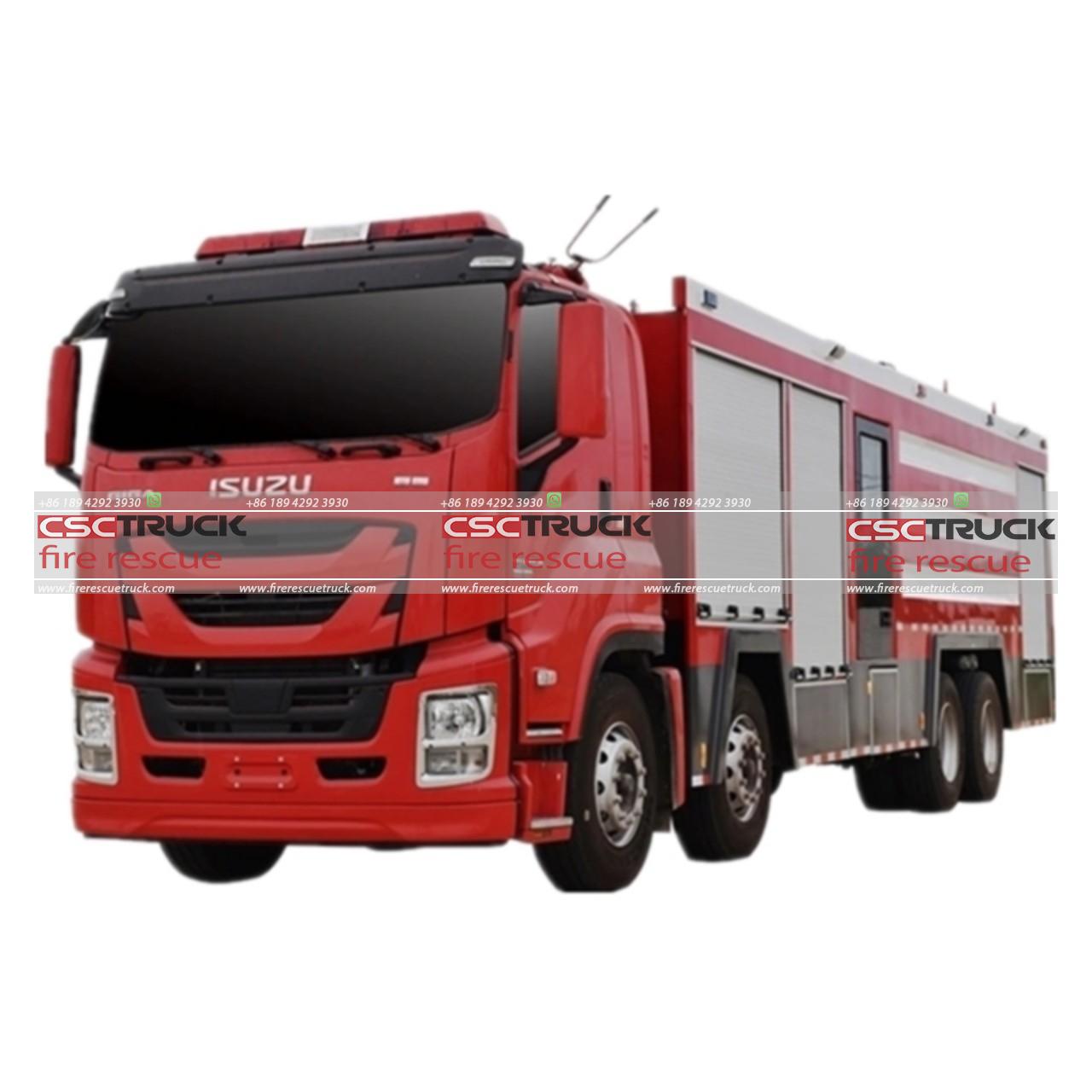
Conclusion
In summary, while both fire engines and trucks are essential components of a fire department’s fleet, they serve distinct purposes in firefighting and emergency response. Fire engines are dedicated to fire suppression and carry the necessary equipment for pumping water and extinguishing fires. Trucks, on the other hand, encompass a broader range of specialized vehicles designed for rescue operations, aerial access, hazardous materials mitigation, and other specialized tasks. Understanding the differences between these vehicles is crucial for fire departments to deploy the right resources effectively and mitigate emergencies safely and efficiently.







